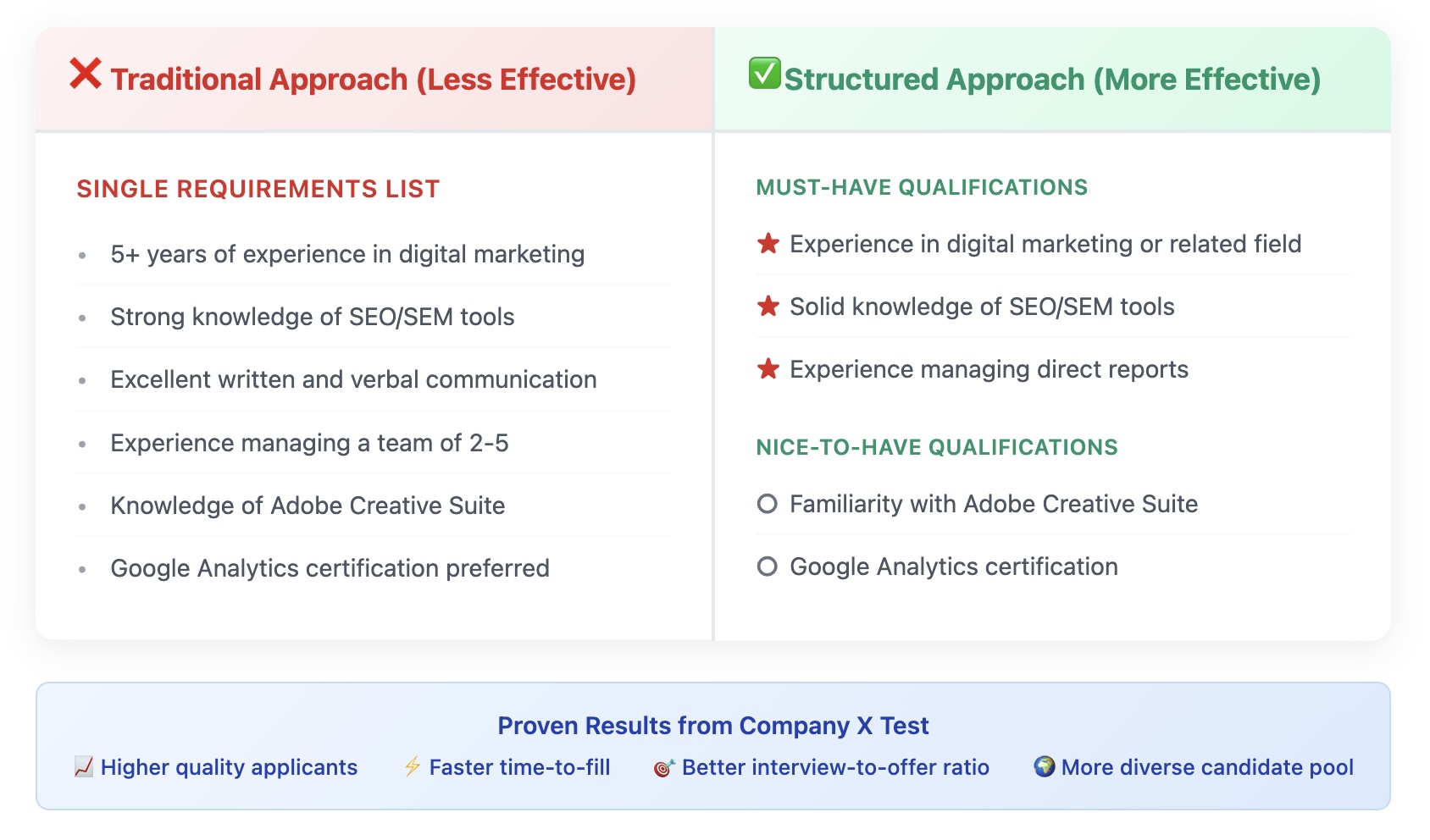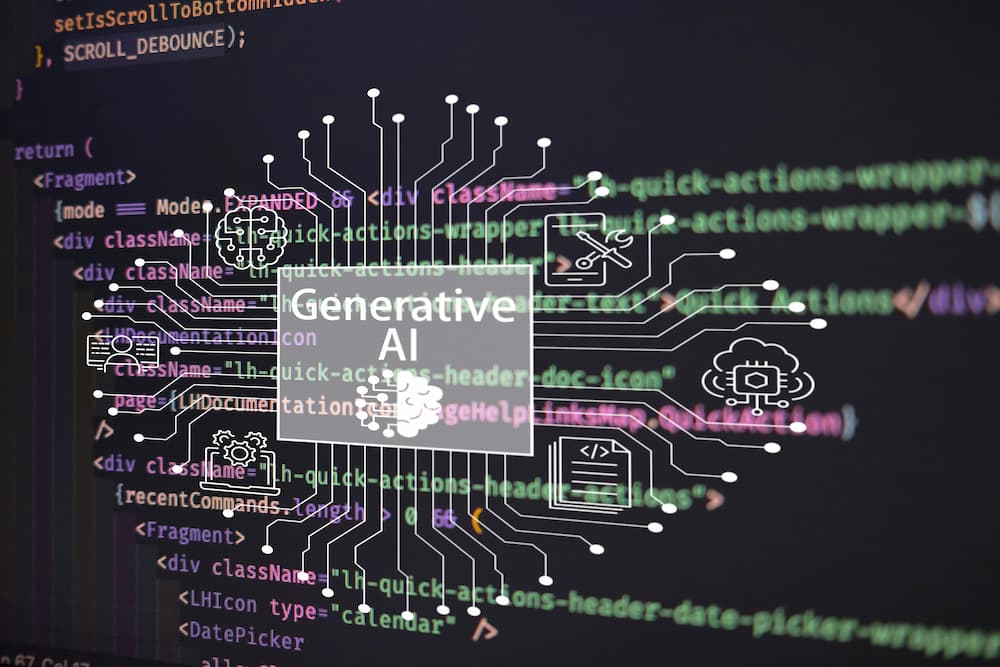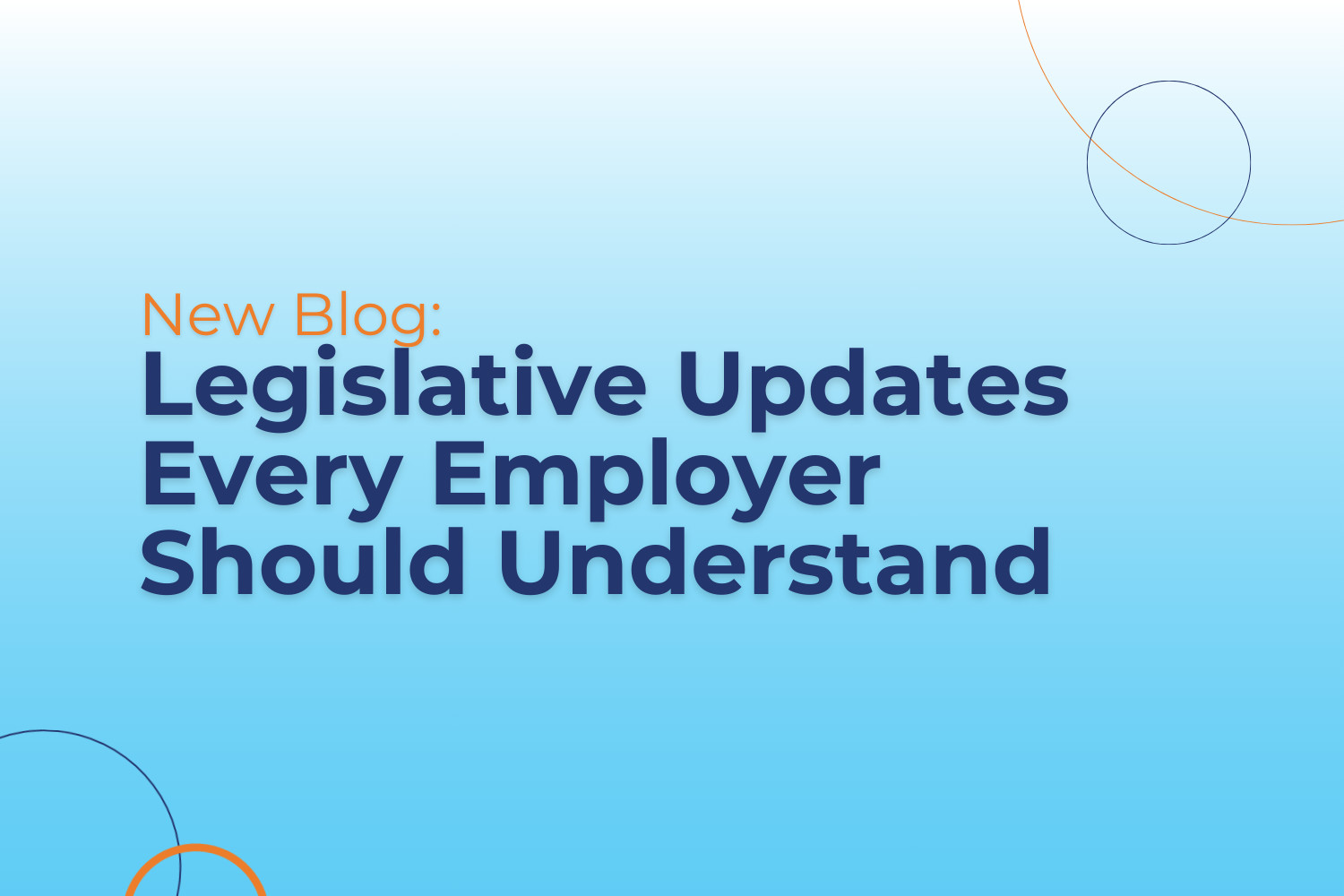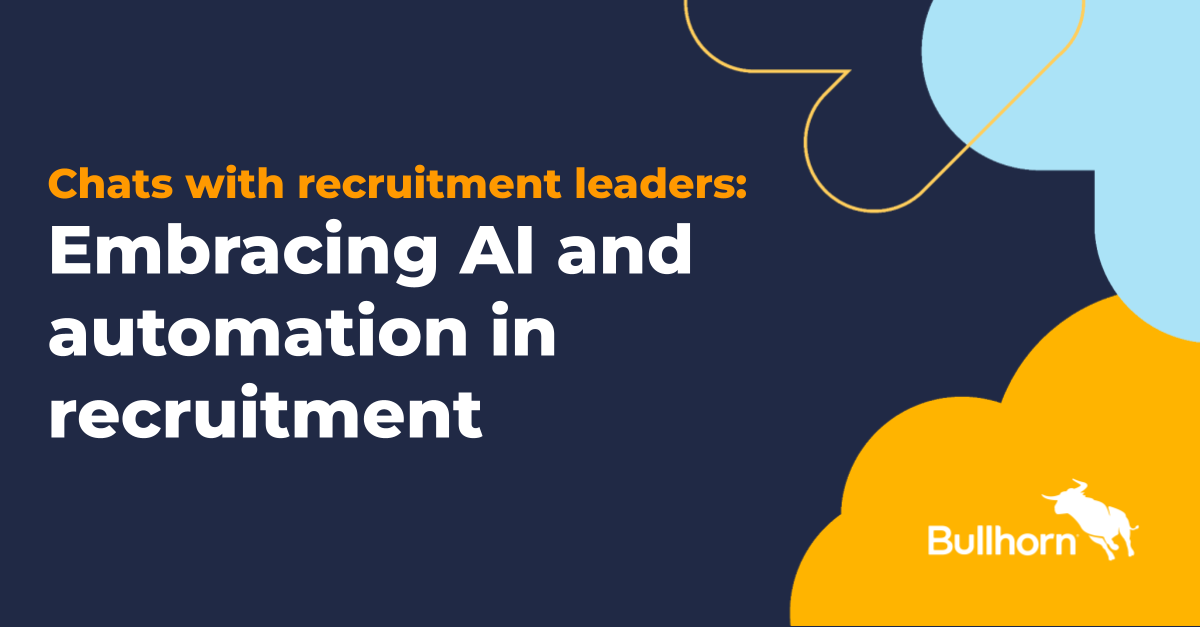Susan Curtin is President & Owner of Insights4results, LLC.
Leaders and professionals tend to navigate decisions and challenges through familiar thought patterns. While these patterns can provide stability and guidance, they can also become obstacles, influencing outcomes in ways we may not even realize.
I created the BEAM model to offer a structured approach to increasing self-awareness, improving decision-making and fostering intentional leadership.
Breaking Down The BEAM Model
The BEAM model consists of four interconnected elements:
1. Beliefs: We all perceive the world through the lens of our existing beliefs.
2. Expectations: Based on our beliefs, we’ll develop expectations of what we want or need as an outcome of any situation.
3. Assumptions: When our expectations aren’t met, we tend to make assumptions about why things happened without verifying the validity.
4. Meaning: The meaning we assign to experiences is shaped by our assumptions. If we fail to challenge them, our interpretations may reinforce our original beliefs.
The dynamic nature of BEAM means that each element can have an impact on the others. If we adjust one aspect, such as questioning an assumption, it can lead to shifts in expectations and, ultimately, the meaning we derive from our experiences.
The Inspiration Behind The BEAM Model
The BEAM model was born out of necessity. While licensing a leadership development program I created, I realized the models I was using needed to be updated. Inspired by Chris Argyris’ Ladder of Inference, I developed one that would more effectively help individuals uncover the cognitive processes influencing their perceptions and actions.
At its core, BEAM shines a light on the unconscious filters that shape our views of the world. By helping people understand and challenge these filters, the model cultivates self-awareness and intentionality in decision-making and communication.
From Reacting To Responding With Awareness
Many of us react to situations automatically, without stopping to analyze the beliefs, expectations and assumptions driving our responses. Our brains are constantly predicting what might happen next, a reactive response which is not always accurate. This reactive behavior can lead to miscommunication and poor decision-making.
The BEAM model serves as a powerful emotional intelligence tool, helping us pause and reflect on the origins of our thoughts and reactions. By doing so, we can identify and challenge our own narrow perspectives and stereotypes. This process enables us to move from automatic reactions to thoughtful, intentional responses, which improves both personal and professional interactions.
Applying BEAM In Leadership And Workplace Communication
For leaders, self-awareness is a critical skill. The BEAM model provides a structured approach to slowing down thought processes, fostering deeper reflection and improving workplace communication.
Leaders who integrate BEAM into their decision-making processes can strengthen relationships by recognizing unconscious biases, improve communication by ensuring that expectations are communicated clearly, and make better overall decisions by considering alternative perspectives.
Challenges In Implementing The BEAM Model
While the model is a powerful tool, adopting it requires intentional effort. Some potential challenges include:
• Lack of time: Developing a habit of self-reflection requires a deliberate investment of time.
• Bad habits: Many people will default to reacting rather than responding. Overcoming this tendency requires persistence.
• Resistance to change: Some leaders may be reluctant to question their own beliefs and assumptions, especially if their current approach has been effective.
Overcoming these challenges starts with a willingness to embrace a growth mindset and an openness to learning and continuous improvement. Practice self-reflection, engage in open dialogue with your team and always be willing to improve.
Shining A Light On Hidden Patterns
The BEAM model is more than a framework—it’s a mindset shift. By bringing awareness to the beliefs, expectations, assumptions and meanings shaping our perceptions, people can make more intentional choices in their personal and professional lives.
For leaders and businesses striving for better communication, stronger relationships and improved decision-making, BEAM offers a pathway to greater clarity and success. When we shine a light on what is hidden, we create new opportunities for transformation.
Forbes Coaches Council is an invitation-only community for leading business and career coaches. Do I qualify?











